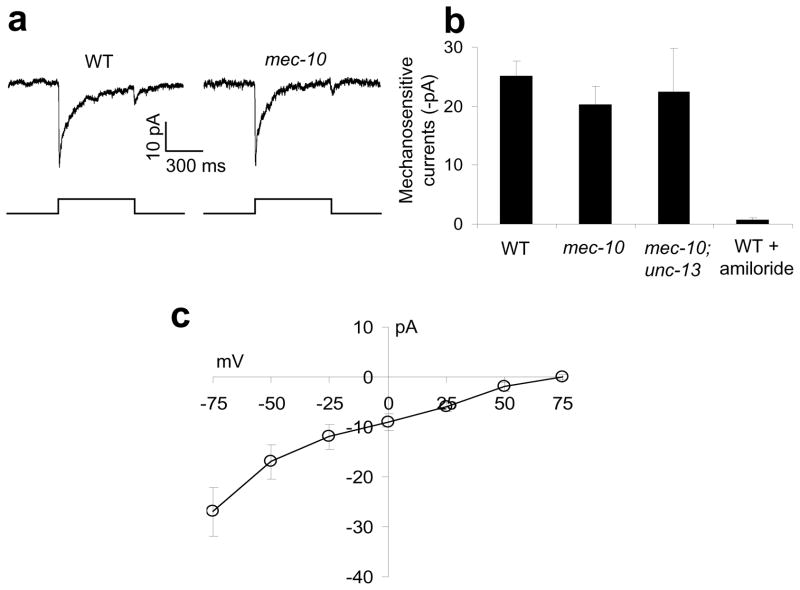Figure 6. An amiloride-sensitive channel(s) mediates mechanosensitive currents in PVD.
(a) Mechanical stimulation evokes mechanosensitive currents in PVD. Such currents persisted in mec-10(tm1552). Clamping voltage: −75 mV. Touch was directed to the primary dendrite of PVD. Displacement: 20 μm. A 10 μm displacement was needed to evoke mechanosensitive currents in PVD, a much higher threshold than that in PDE. PVD in mec-10(tm1552) animals displayed a similar sensitivity (threshold).
(b) Bar graphs. Touch-evoked mechanosensitive currents in PVD were sensitive to amiloride (200 μM) but persisted in mec-10(tm1552), as well as in mec-10(tm1552); unc-13(e51) double mutant animals. n≥5. Error bars: SEM.
(c) I–V relations of mechanosensitive currents in PVD. n≥5. Error bars: SEM.

